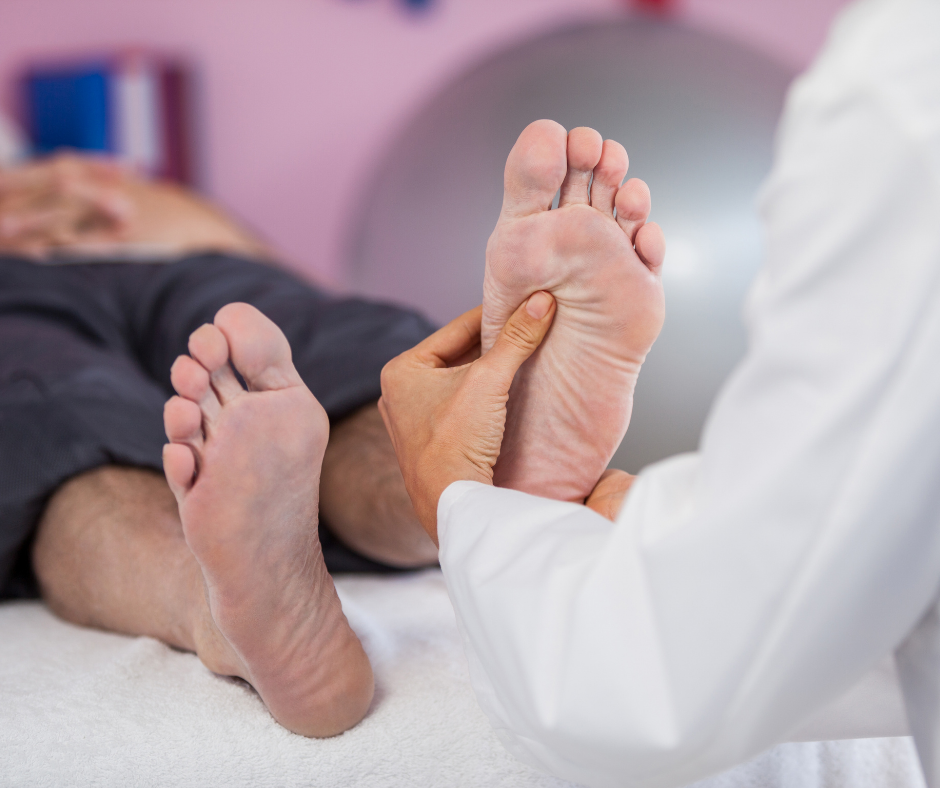It’s normal to think that any cuts, blisters or sores will heal themselves. The body can heal themselves, with just a little care and cleaning. However, if the wound doesn’t be healed after a period of about four to six weeks or if it starts looking worse redder, swollen, leaking fluid, or emitting a sour smell that’s a clear sign something deeper is taking place. Sometimes, a sore which is initially small can turn into a non healing foot ulcer or leg wound If left untreated the wounds can result in serious complications, even the need for amputations in extreme instances.

Get assistance if you’re not successful in healing a wound.
Some wounds are not healed.
Knowing the reasons that are common for a wound not healing can help you and your doctor decide on the best way to treat it.
You’re at a greater risk of foot and leg wounds that aren’t healed properly if you suffer from diabetes. Diabetes can cause damage to nerves, so you won’t be able to feel any pain. Also, it restricts blood flow, making it difficult for cuts that are small to heal.
Poor circulation is yet another reason, and it can be associated with arterial and venous ulcers. The blood won’t heal your skin if your veins and arterial arteries aren’t working correctly.
You may also develop bedsores (pressure ulcers) if you have mobility issues. Bedores are a different kind of wounds that can be extremely resistant if not treated properly.
Other factors such as age as well as certain medication (like blood thinners) or autoimmune diseases, and even poor nutrition can delay healing. It’s possible that a combination could make a wound persist.
How long do healing procedures typically take What happens if this does not happen?
It’s normal to be curious about what time healing “should” take. It’s dependent on the severity of your injury and your overall health. A minor cut or blister can heal in only few weeks. If you have a foot ulcer that doesn’t heal, or a leg injury that doesn’t heal, it could be 12 months.
One thing you must remember is that if not experiencing any improvement in 4 to 6 weeks, don’t put off treatment. That’s the time to get professional help for your wound since the longer a wound is left open, the more risky it will become.
You deserve to find the right help
If your sore won’t heal, it’s not just “bad luck” or something to ignore your body is trying to tell you it needs help. The positive side? There are experts and treatments that can make a real difference. Our clinic specializes in treating leg and foot injuries that don’t heal. We partner with other health care providers and develop plans to give your body the greatest chance of healing and prevent amputations.
We have solutions for high-end wound dressings, blood flow improvement as well as hyperbaric therapy. We’ll assist you in every step, since we believe that no one should ever be forced to treat a wound which won’t heal.
Final Thoughts
The pain of a wound that won’t heal is more than just an injury, it can affect the entire life. There’s the possibility of healing. Don’t be afraid to seek assistance if a leg sore or wound isn’t going away or if you’re suffering from a foot ulcer that isn’t healing. You can lead the life you’ve always wanted without constant pain or stress about a wound that isn’t healing If you take action quickly.
